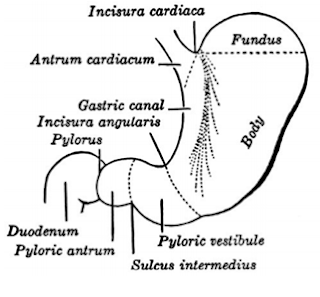Cri du chat syndrome
Cri du chat syndrome
Also known as cat cry syndrome
Deletion syndrome
Incidence of 1 in 45000 livebirths
85% cases by de novo partial deletion of short arm of chromosome 5
15% parental translocation involving 5p.
Clinical Features
Mew-like cry early on in life that
quickly resolves (apparently related to vocal cord abnormalities)

Low birth weight
Hypertelorism
Microcephaly
Down slanting of palpebral fissures of eyes
Flat nasal bridge
Epicanthic folds
Ear shape abnormalities
With advancing age, the clinical manifestations become less
striking, making diagnosis more difficult.


Comments
Post a Comment